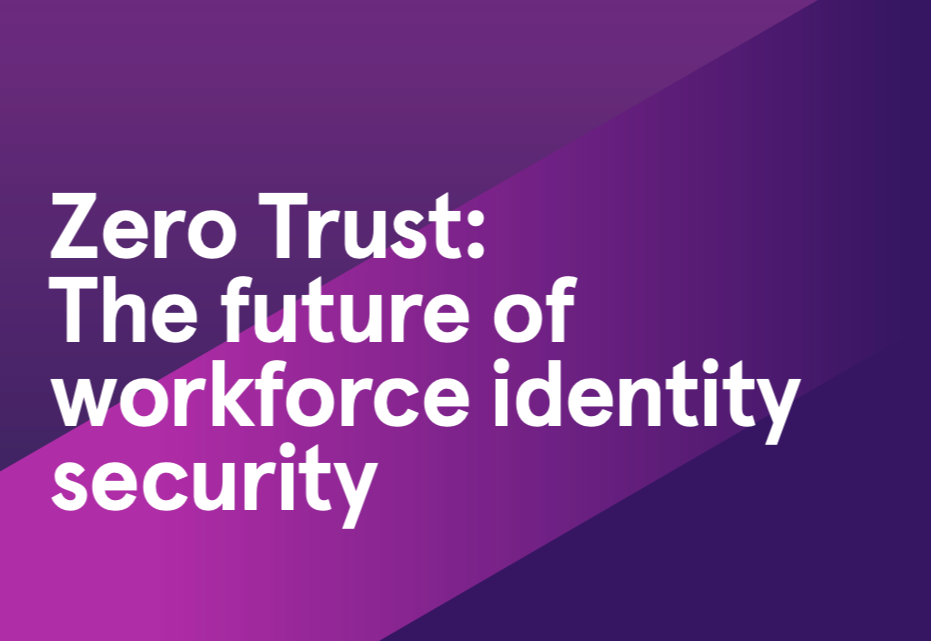The Future of Workforce Identity Security.
back btn
Resources
All categories
All content


1 Aug 2025 - 2 min read
Identity and access management technology, made faster, simpler and more scalable

16 Jul 2025 - 2 min read
All Change: Building a Secure Identity Strategy for Higher Education’s Next Decade


1 Aug 2025 - 2 min read
Identity and access management technology, made faster, simpler and more scalable

16 Jul 2025 - 2 min read
All Change: Building a Secure Identity Strategy for Higher Education’s Next Decade


1 Aug 2025 - 2 min read
Identity and access management technology, made faster, simpler and more scalable

16 Jul 2025 - 2 min read
All Change: Building a Secure Identity Strategy for Higher Education’s Next Decade
of




.webp?width=809&height=512&name=809X512-%E2%80%93-2%20(1).webp)










